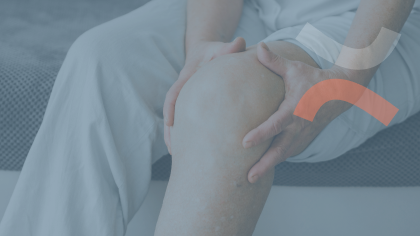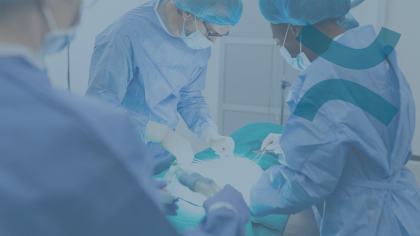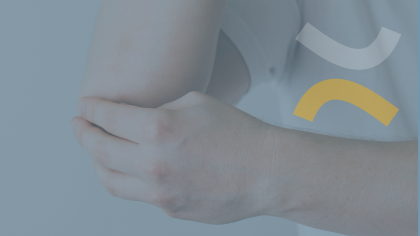L’accès à ce contenu est réservé aux membres de la SFA
Vous êtes membre de la SFA ?
Identifiez-vous pour accéder au contenu
Vous n’êtes pas membre ?
Devenez membre de la SFA pour profiter pleinement des contenus accessibles uniquement aux membres
The aim of this study is to compare the healing of a repaired ACL and the healing of a reconstructed ACL as evaluated by 1.5 T MRI at 1 year follow-up.
A total of 60 patients who underwent early ACL surgery (injury- surgery interval < 14 days) were prospectively enrolled. Patients with proximal ACL tears (type I and type II with good tissue quality according to Sherman classification) underwent primary ACL repair (ACLRep) with trans-osseus pullout technique. Patients with type III and IV and a fair tissue quality underwent ACL reconstruction (ACLRec) with doubled gracilis and semitendinosus tendons (DGST) graft. A total of 30 patients underwent ACL repair and 30 underwent ACLR. There were 18 males and 12 females in the repair group and 16 males and 14 females in the reconstruction group. The two groups showed no demographic differences. Two criteria have been used to evaluate graft incorporation at MRI: signal-to-noise quotient (SNQ) and graft maturity (water content of the graft based on the Howell scale).
1.5 T MRI was used to evaluate graft status and graft integration at 1-year post-operatively using the following parameters: signal-to-noise quotient (SNQ), and ligament signal determined using the Howell scale. Radiological parameters were evaluated by an expert radiologist and an orthopedic surgeon and Chronbac’s Alpha was made to assess inter observer (0,86) and intraobserver (0,82) reliability. There were no significant differences in demographics between groups. The mean signal-to-noise quotient (SNQ) was 2.21 for ACLrep and 2.52 for ACLrec (p=0.266). The unilateral 95% CI for SNQ in ACLrep was 2,21 (to 3,08) (< to 4,21 limit for noninferiority) and ACLrec was 2,52 (to 3,12), p=0,128. Hence, there are non-statistically differences between the two groups according to the SNQ and the noninferiority was proven.
1 year post-operatively the MRI appearance of a repaired ACL showed noninferior maturation compared with a reconstructed ACL.






